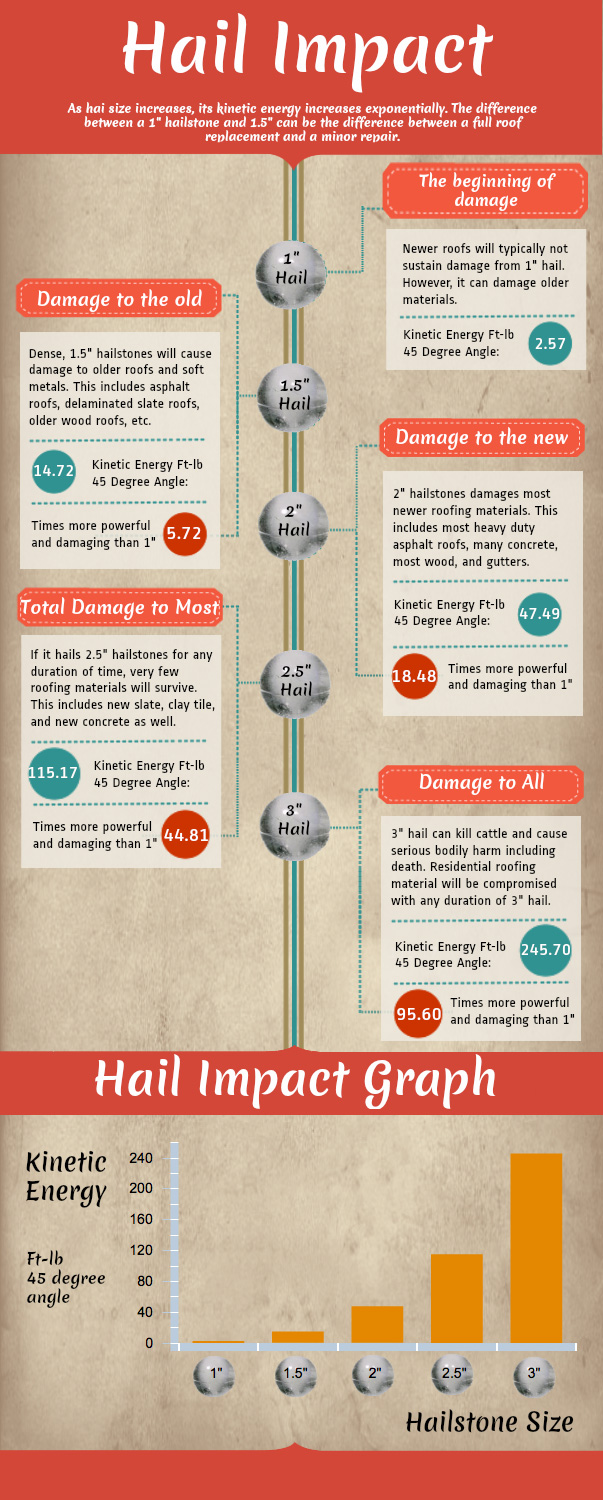The Significance Of Roof Covering Ventilation In Achieving An Effective Installment
The Significance Of Roof Covering Ventilation In Achieving An Effective Installment
Blog Article
Material Produce By-Lassiter Ploug
When you're tackling a roof covering task, you may not believe much concerning roofing system air flow, however it's more vital than you recognize. Effective air flow helps control temperature level and dampness in your attic, preventing issues like mold and mildew and structural damages. By understanding just how to make and set up a well balanced ventilation system, you can enhance energy efficiency and extend the life-span of your roofing materials. So, what are the crucial factors to take into consideration during setup that can make all the distinction?
Relevance of Roof Covering Ventilation
Roof ventilation plays an important role in maintaining the general health and wellness of your home. By allowing fresh air to circulate with your attic room, it assists regulate temperature level and moisture degrees. This equilibrium is vital to prevent heat accumulation throughout warm months, which can bring about enhanced energy expenses as your air conditioning works overtime.
Moreover, proper ventilation significantly reduces the risk of moisture-related problems like mold and mildew and mildew. If humidity levels increase, your home's architectural honesty can be endangered, resulting in pricey repairs. You wouldn't intend to handle rotting wood or warped roofing materials, right?
Additionally, adequate ventilation prolongs the life-span of your roofing system. When warmth and wetness are kept in check, your roofing can perform efficiently, stopping premature damage. This means less frustrations and costs down the line.
How Roofing Ventilation Works
Effective roofing system air flow counts on the natural activity of air to produce a balance between intake and exhaust. When you mount vents, you're basically allowing fresh air to enter your attic while enabling hot, stale air to leave. This procedure aids regulate temperature and dampness degrees, preventing problems like mold and mildew growth and roof covering damages.
Intake vents, generally found at the eaves, draw in awesome air from outside. Meanwhile, exhaust vents, located near the ridge of the roofing system, let hot air rise and exit. roofing services in guadalupe county texas in temperature level develops an all-natural airflow, known as the pile result. As https://roofing-cost-calculator28394.newbigblog.com/40151937/what-is-the-suggested-regularity-for-roof-assessments rises, it develops a vacuum that pulls in cooler air from the lower vents.
To optimize this system, you need to make sure that the consumption and exhaust vents are correctly sized and positioned. If the consumption is limited, you won't attain the desired ventilation.
Likewise, inadequate exhaust can trap warmth and wetness, bring about prospective damages.
Key Installation Considerations
When mounting roofing air flow, numerous key considerations can make or damage your system's effectiveness. Initially, flat roof repair san antonio need to assess your roofing system's layout. The pitch, form, and materials all influence air flow and air flow selection. See to it to select vents that suit your roof covering kind and regional environment problems.
Next off, think about the positioning of your vents. Ideally, you'll want a well balanced system with consumption and exhaust vents positioned for optimal air flow. Area consumption vents low on the roofing system and exhaust vents near the top to encourage a natural circulation of air. This configuration helps protect against dampness accumulation and promotes power effectiveness.
Do not forget about insulation. Appropriate insulation in your attic room prevents warmth from leaving and keeps your home comfy. Guarantee that insulation does not block your vents, as this can impede airflow.
Finally, consider upkeep. Select ventilation systems that are very easy to access for cleaning and evaluation. Normal upkeep guarantees your system remains to operate successfully with time.
Conclusion
To conclude, roofing system air flow is crucial for an effective installation. By making certain proper airflow, you can prevent warmth buildup and moisture issues that result in costly damages. When you tactically setting intake and exhaust vents, you improve energy performance and extend the lifespan of your roofing system. Remember, a well-ventilated roof covering not just secures your investment however also boosts your indoor air high quality. So, focus on air flow to make sure a resilient and economical roofing system for your home.
